
Yoshimizu Shrine
Historic Shinto shrine on Mt. Yoshino, a UNESCO site, offering stunning seasonal views and a deep connection to Japanese imperial history.

Highlights
Must-see attractions
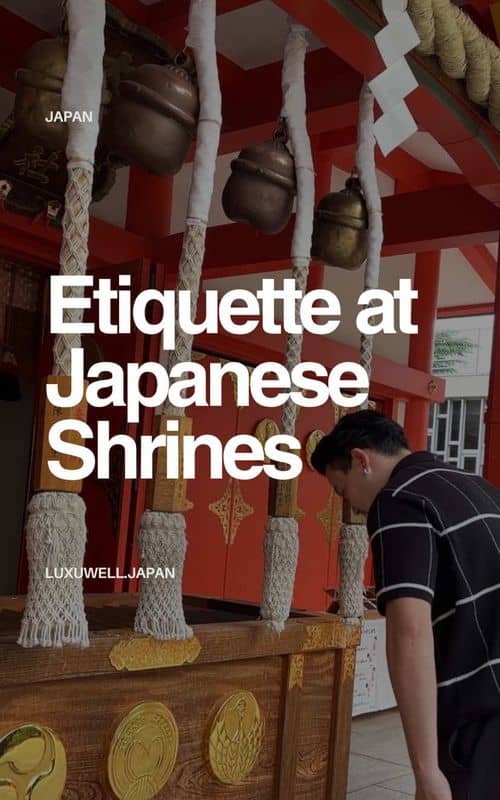
Social
From TikTok & Reddit
Best Time
Spectacular cherry blossoms bloom

Yoshimizu Shrine
Best Time
Spectacular cherry blossoms bloom

Highlights
Must-see attractions
Historic Shinto shrine on Mt. Yoshino, a UNESCO site, offering stunning seasonal views and a deep connection to Japanese imperial history.
"A UNESCO World Heritage site with legendary history and amazing cherry blossom views."

🎯 Master Shrine Etiquette
Bow at torii gates, perform temizu (purification), and follow prayer rituals for a respectful visit.
🌸 Catch the Cherry Blossoms
Visit during spring for the iconic Yoshino cherry blossoms; the views are legendary.

Highlights
Discover the most iconic attractions and experiences
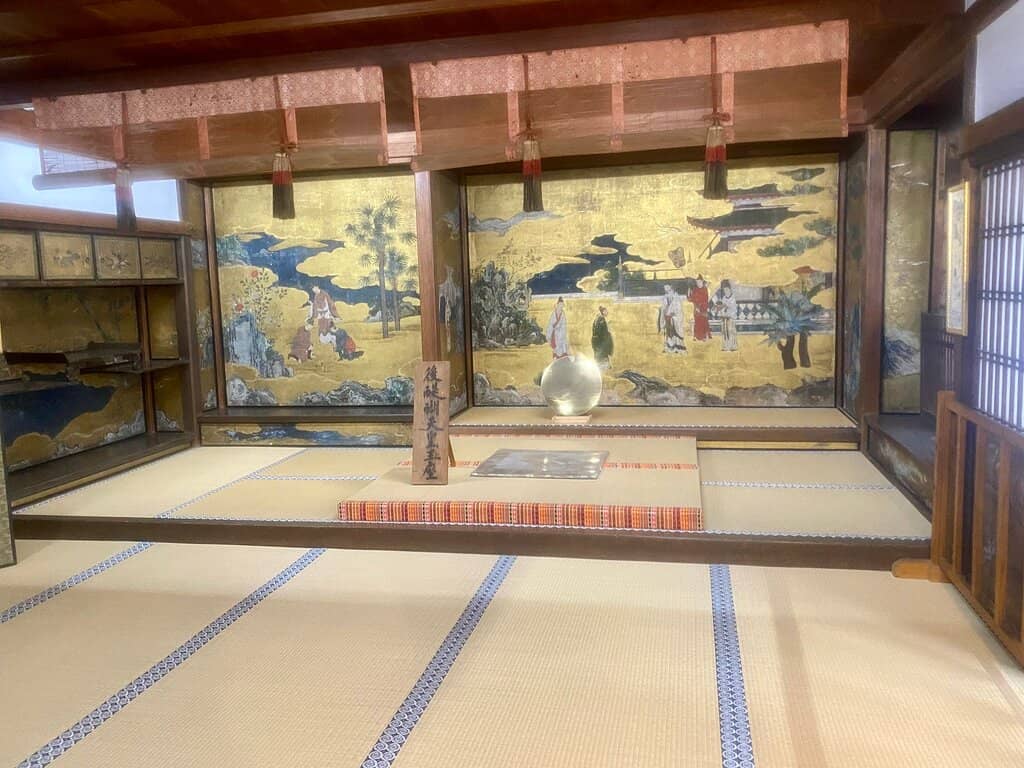
Emperor Go-Daigo's Historical Residence
Study Room
Explore the Study Room where Emperor Go-Daigo stayed during historical conflicts. It holds significant Japanese history.
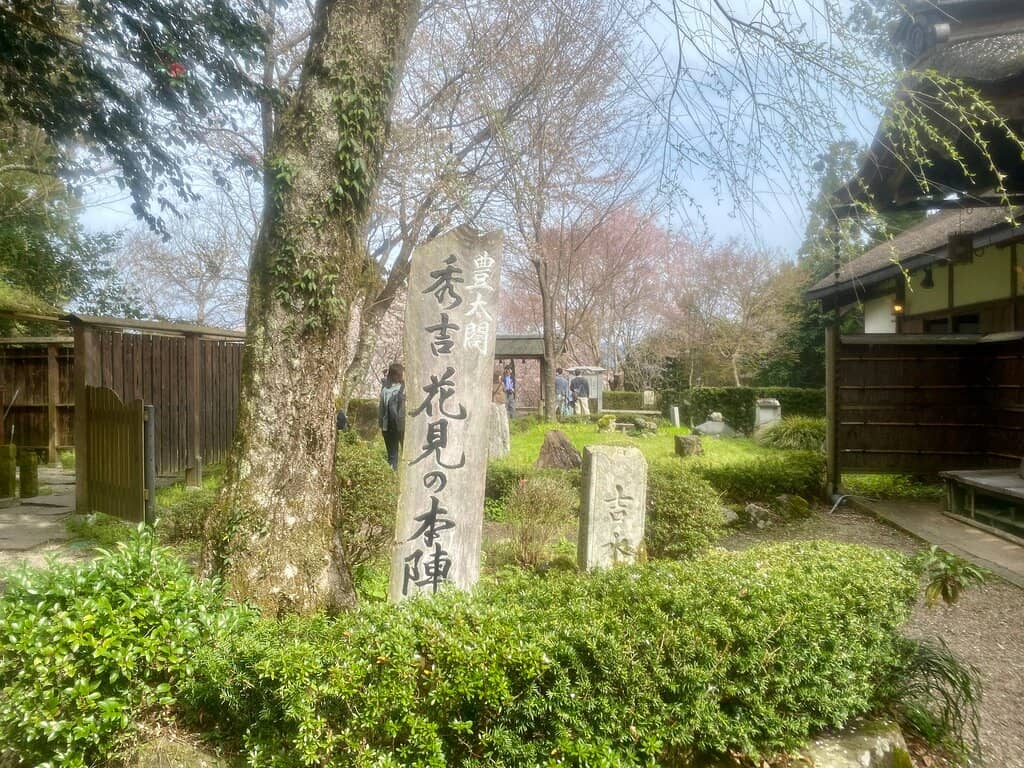
Panoramic Sakura Valley Views
Adjacent to Hitome-senbon
Witness breathtaking views of the sakura valley, especially during cherry blossom season with over 30,000 trees.
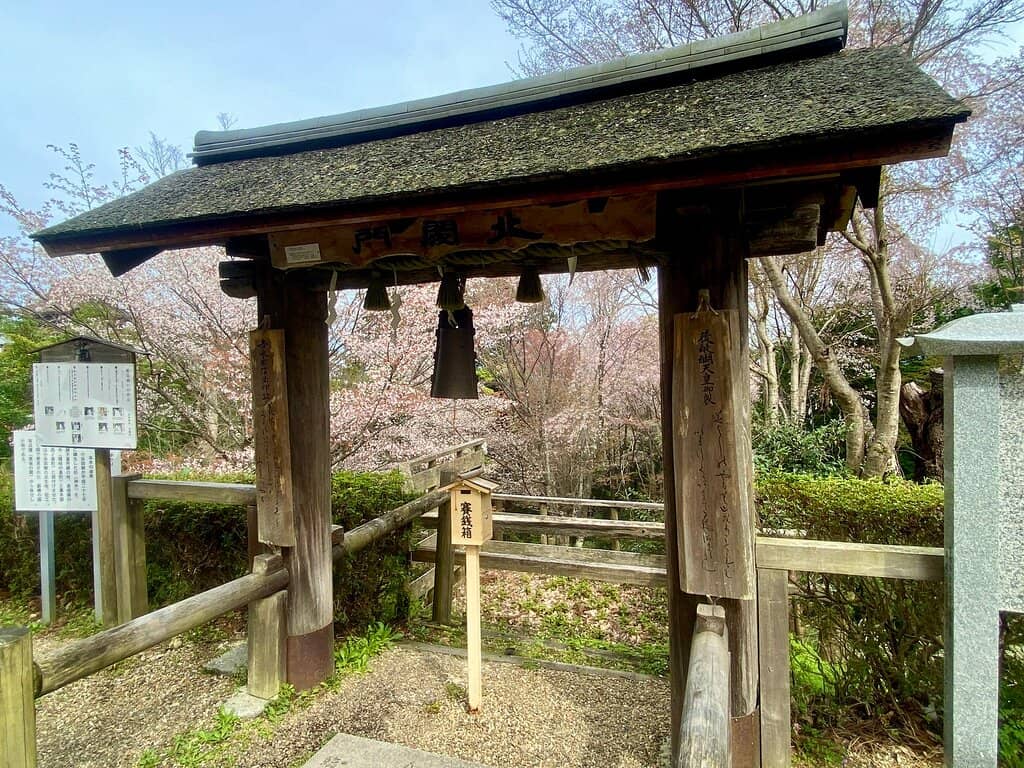
Serene Winter Ambiance
Shrine Grounds
Experience a tranquil winter visit with snow-covered rooftops and a timeless, sacred atmosphere.
Plans like a pro.
Thinks like you
Planning Your Visit
Respectful Shrine Etiquette
Timing is Key for Views
Best Times
Insider Tips
from TikTok, Instagram & Reddit
🎯 Master Shrine Etiquette
Bow at torii gates, perform temizu (purification), and follow prayer rituals for a respectful visit.
🌸 Catch the Cherry Blossoms
Visit during spring for the iconic Yoshino cherry blossoms; the views are legendary.
📜 Get a Unique Stamp
Consider purchasing a special shrine stamp for 600 Yen as a unique souvenir.
🚶♀️ Explore the Hiking Trails
Enjoy beautiful hiking paths around Mt. Yoshino for scenic exploration.
Tips
from all over the internet
🎯 Master Shrine Etiquette
Bow at torii gates, perform temizu (purification), and follow prayer rituals for a respectful visit.
🌸 Catch the Cherry Blossoms
Visit during spring for the iconic Yoshino cherry blossoms; the views are legendary.
📜 Get a Unique Stamp
Consider purchasing a special shrine stamp for 600 Yen as a unique souvenir.
🚶♀️ Explore the Hiking Trails
Enjoy beautiful hiking paths around Mt. Yoshino for scenic exploration.
What Travellers Say
Reviews Summary
Visitors praise Yoshimizu Shrine for its deep historical significance, particularly its connection to Emperor Go-Daigo, and its stunning natural setting on Mt. Yoshino, especially during cherry blossom season. The serene atmosphere, particularly in winter, and the unique shrine stamps are also highlighted as positives. Some find it 'nothing special' if not visiting during peak seasons.
"A must-visit in South Nara🌸🦌 There’s a beautiful hiking way around Mt Yoshino⛰️Yoshimizu shrine⛩️ was where Emperor Go-Daigo stayed (南朝皇居) during his fight with North Court in 14th Century; played an important role in Japanese history🇯🇵 The Study Room (¥600-$4.3) holds historical position, even has Calligraphies from Ikkyu-san✍️Surprisingly saw writings of “勾践与范蠡” at front of gate⛩️ perhaps a suitable hint for a similar historical context📖in East Asian History🌞"
Sophia W
"A serene winter moment at an ancient Japanese shrine. ❄️✨ The snow-covered rooftops and quiet surroundings make this place feel even more sacred and timeless. Walking through the empty grounds, I could feel the history and tranquility in the air. A peaceful escape into the beauty of winter and tradition."
Hahalong
"Small shrine in Yoshinoyama and adjacent to Hitome-senbon with amazing view to the sakura valley. It must be amazingly beautiful when the sakuras are in full blooming I guess."
Lê Quang Kiệt
What People Like
What People Dislike
Frequently Asked Questions
🚇 🗺️ Getting There
Yoshimizu Shrine is located on Mt. Yoshino. Access typically involves taking a train to Yoshino Station, followed by a bus or a hike up the mountain. The journey offers scenic views, especially during peak seasons.
Parking is available on Mt. Yoshino, but it can be limited, especially during peak cherry blossom season. It's often recommended to use public transportation to avoid congestion.
Yes, you can walk to Yoshimizu Shrine from Yoshino Station, but it's a significant uphill hike. Many visitors opt for buses to reach higher points on the mountain more easily.
Consider using the local buses that traverse Mt. Yoshino to access different viewpoints and attractions, including Yoshimizu Shrine. This saves energy for exploring the shrine and its surroundings.
Yes, live cameras are available for Mt. Yoshino, which can be helpful for checking the bloom status of cherry blossoms or general conditions before your visit.
🎫 🎫 Tickets & Entry
Entry to the grounds of Yoshimizu Shrine is generally free. However, there might be a small fee to enter specific historical buildings or rooms within the shrine complex, such as the Study Room.
Shrine grounds are typically open from early morning until late afternoon. Specific building hours may vary, so it's advisable to check locally or on their official website if available.
For general access to the shrine grounds, advance booking is usually not required. However, if you plan to visit during peak seasons or special events, it's wise to check for any specific ticketing requirements.
The special shrine stamp at Yoshimizu Shrine costs 600 Yen. It's a popular souvenir for visitors.
Visitors are expected to adhere to shrine etiquette, which includes respectful behavior, appropriate attire, and following purification rituals. Avoid loud noises and littering.
📸 📸 Photography
The area adjacent to Hitome-senbon offers stunning views of the sakura valley, making it ideal for photography, especially during bloom. The shrine grounds themselves, particularly with snow in winter, are also very picturesque.
Photography is generally allowed in the outdoor areas of Yoshimizu Shrine. However, inside certain historical buildings or sacred spaces, photography might be restricted. Always look for signage.
Early morning or late afternoon often provides the best natural light for photography, minimizing harsh shadows and crowds. Golden hour can be particularly magical.
The combination of historical architecture, natural landscapes (especially during sakura or autumn), and the serene atmosphere provides numerous unique photo opportunities.
A versatile lens, such as a 24-70mm, is useful for capturing both wide landscapes and details. A tripod can be beneficial for low-light conditions or long exposures, but check if they are permitted.
🎫 📜 History & Culture
Yoshimizu Shrine played a crucial role in Japanese history, notably as the residence of Emperor Go-Daigo during the 14th-century conflict between the Northern and Southern Courts. It has a history spanning over 1000 years, visited by emperors, warlords, samurai, and pilgrims.
Temizu is a purification ritual performed before entering a shrine. It involves cleansing your hands and mouth with water from a designated basin to purify yourself before approaching the deities.
Bowing at the torii gate, the entrance to a shrine, signifies respect and marks the transition from the secular world to the sacred space. It's a gesture of reverence.
Yes, Emperor Go-Daigo is famously associated with Yoshimizu Shrine, having resided there during a significant period of Japanese history. The Study Room contains historical artifacts and writings.
The writings found at the gate, such as '勾践与范蠡', might hint at historical contexts or philosophical ideas relevant to East Asian history, suggesting a connection to broader cultural narratives.
For Different Travelers
Tailored advice for your travel style
👨👩👧 Families with Kids
To make the visit more enjoyable, focus on the visual aspects of the shrine and the natural beauty. Pack snacks and water, as amenities might be spread out. The historical stories of emperors and samurai can be simplified for children to spark their imagination. Remember to teach them basic shrine etiquette, like bowing and the temizu ritual, as a fun cultural learning experience.
🚶 Budget Travelers
Opting for public transport like trains and buses is usually more economical than driving and parking, especially during peak seasons. Bringing your own food and drinks can also significantly reduce expenses. Focus on enjoying the natural scenery and the historical ambiance, which are priceless.
Deep Dives
In-depth insights and expert knowledge
The Significance of Mt. Yoshino and Yoshimizu Shrine
The shrine itself, Yoshimizu Shrine, is deeply connected to this history. It served as a crucial residence for Emperor Go-Daigo during the tumultuous 14th century, playing a pivotal role in the conflicts of the Nanboku-chō period. The shrine's Study Room offers a glimpse into this era, housing historical artifacts and calligraphy, including writings that hint at broader East Asian historical contexts.
Visiting Yoshimizu Shrine offers more than just a spiritual experience; it's an immersion into Japan's rich past and its celebrated natural landscapes. Whether you're drawn by the historical narratives, the stunning seasonal views, or the tranquil atmosphere, the shrine and its mountain setting provide a memorable encounter with Japanese heritage.
Navigating Shrine Etiquette for a Respectful Visit
Upon entering the shrine grounds, you'll likely encounter a 'temizuya' or water pavilion. Here, you'll perform the 'temizu' purification ritual. This involves using the provided ladle to first rinse your left hand, then your right hand, then pouring water into your cupped left hand to rinse your mouth (spitting the water beside the basin, not back into it), and finally rinsing the ladle itself by tilting it upwards. This ritual symbolizes cleansing oneself spiritually before approaching the deities.
When praying at the main hall, the standard practice is 'two bows, two claps, and one final bow.' You bow twice, clap your hands twice to summon the deity, make your silent wish or prayer, and then bow once more to express gratitude. Following these simple yet meaningful customs will not only show respect for the sacred site but also deepen your connection to the cultural experience.

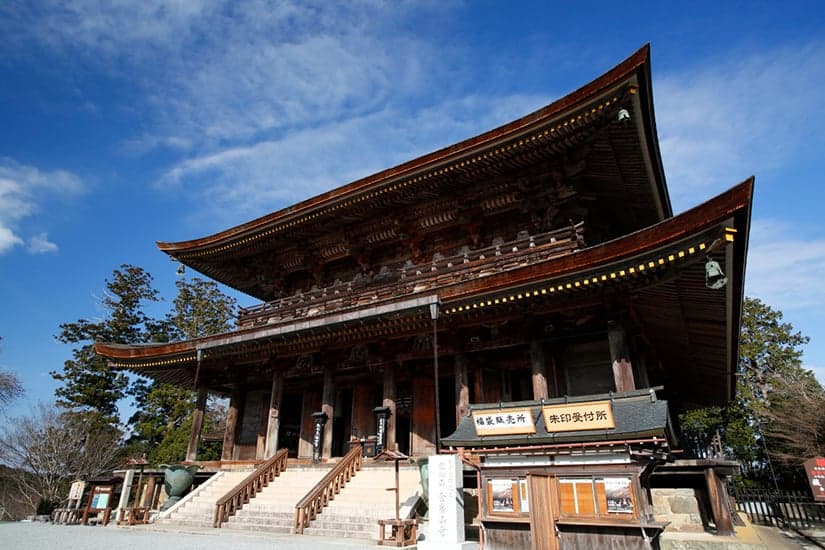
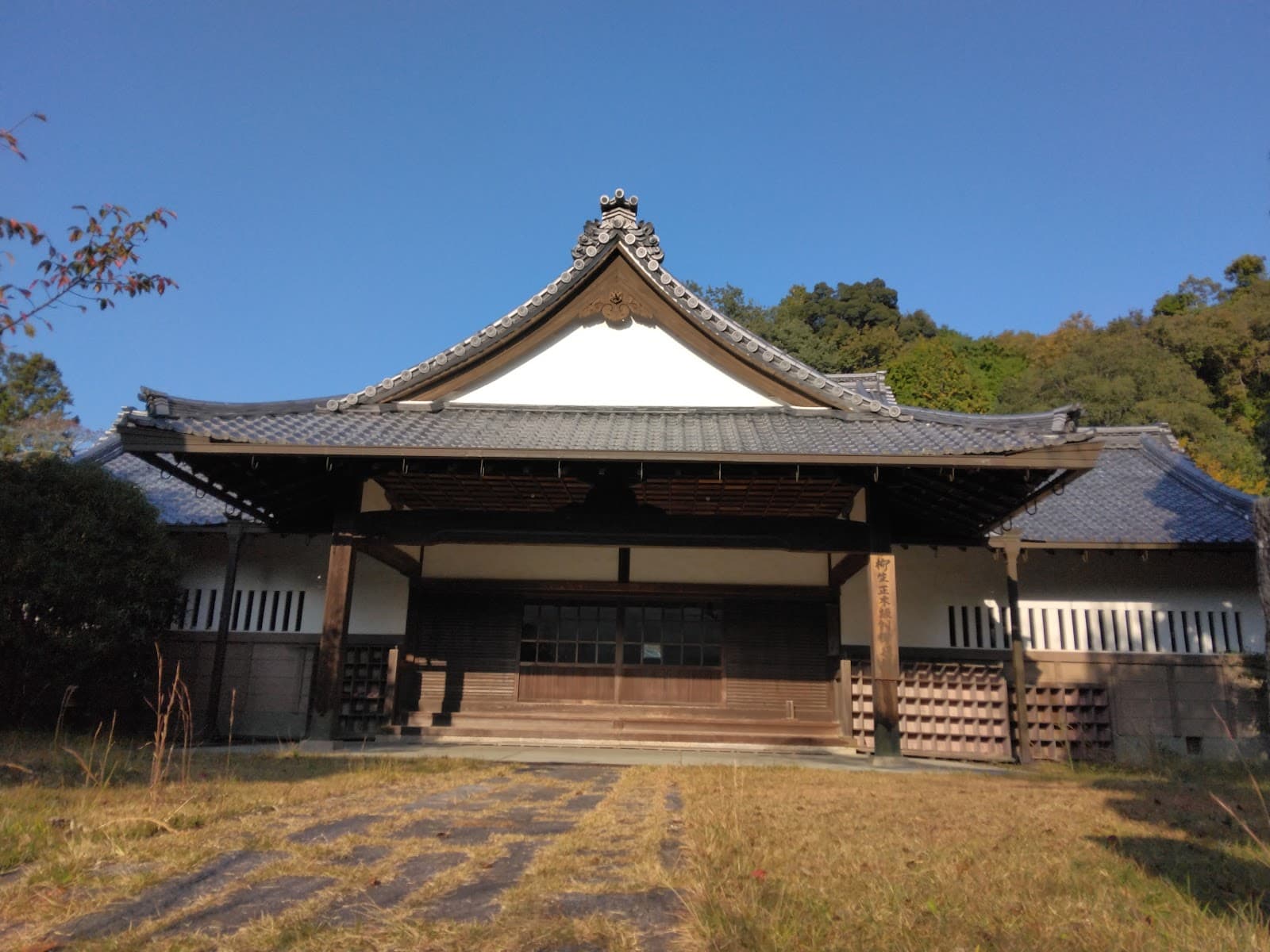

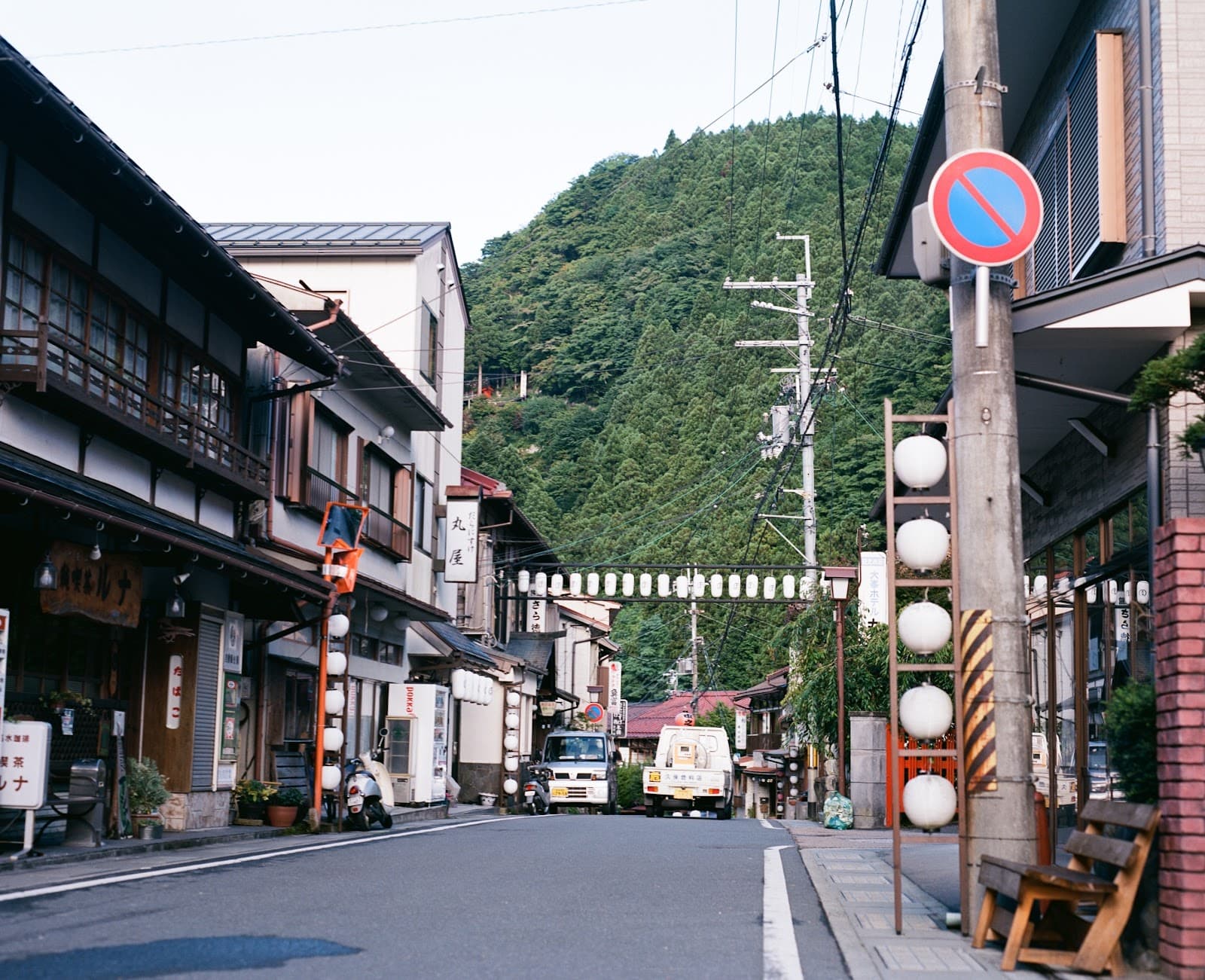

Social
from TikTok, Instagram & Reddit